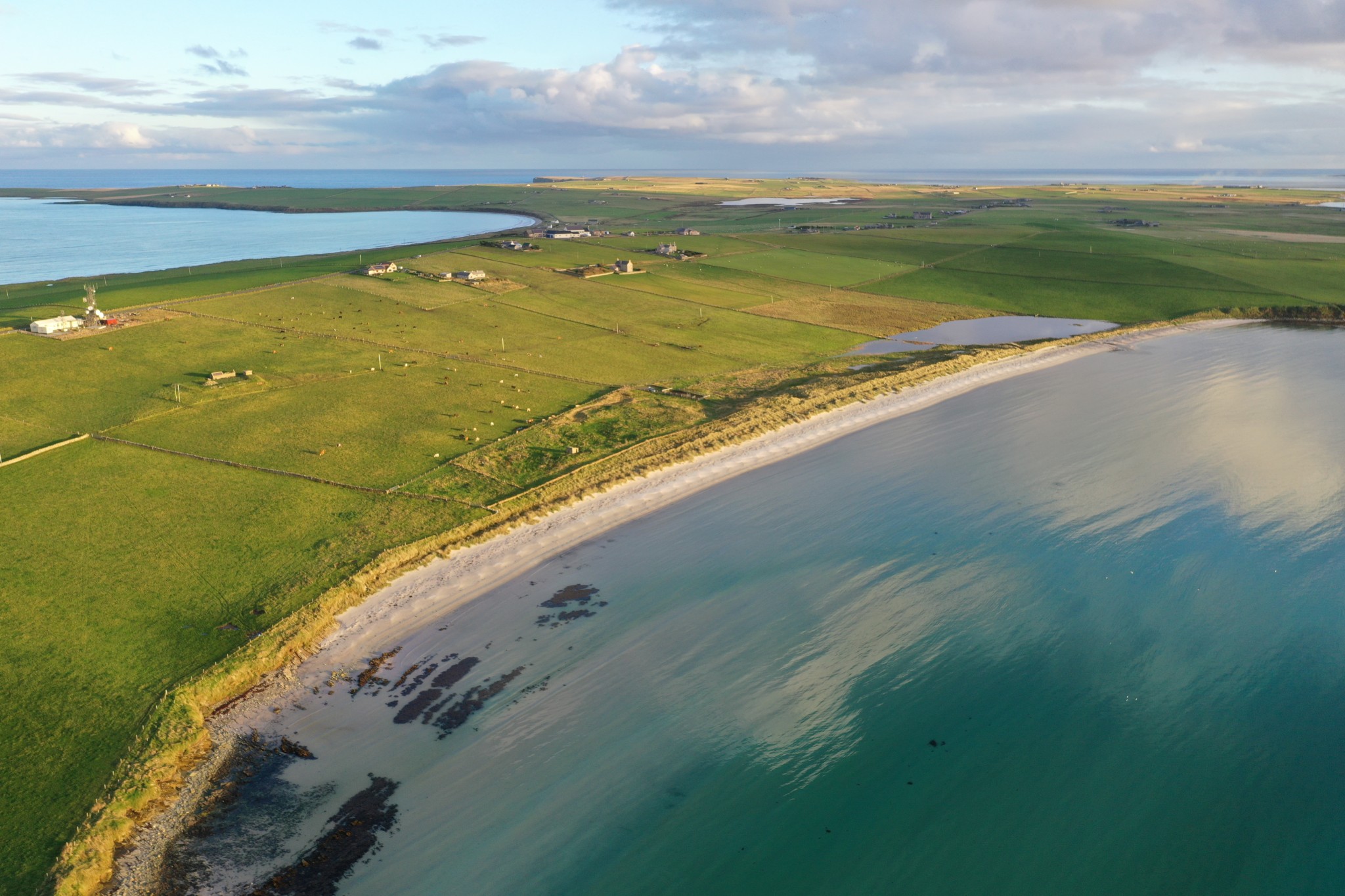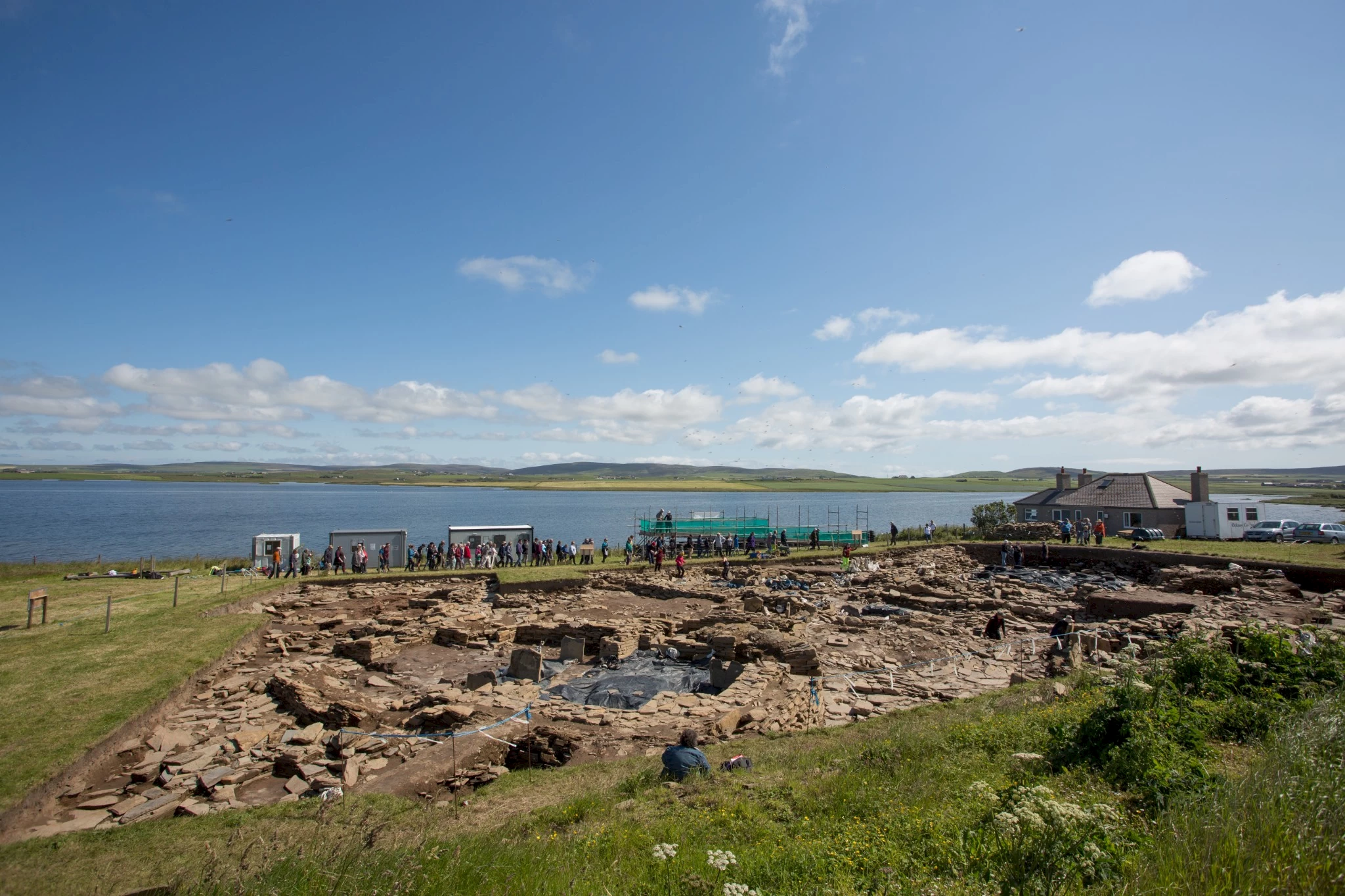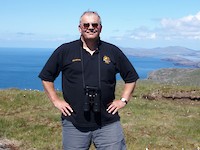My electricity supplier emailed to ask for a meter reading the other day.
Contorting sideways and straining into the cupboard with my torch I read out 27981 to Bev who was poised with pen and paper. My life is ruled by numbers I thought, recalling the earlier communication from the bank who said there was a problem with a cheque and gave me the enquiry reference: 3975022851672. I reckon this means the poor bank have had over three million, million queries since their records began (I think that’s three thousand trillion or something).
Then, of course, we are governed by dates, times, invoices, weights, waist-lines, telephone numbers and credit card bills, not to mention the 16-digit number, expiry date and 3-digit number on the back. What aspect of our lives is not defined or regulated by one or more numbers? When I phoned the bank to sort out the cheque problem I had with me password, account number, sort code, ID number and user name. They asked for my merchant number, which I didn’t have but they said it was another name for the ID number. Problem solved, and what a good idea to have two names for the same number.
There’s a Shetland Transport lorry I see parked at Stromness harbour regularly with an advert for Promote Shetland on the side which reads:
Shetland:
19 hours of midsummer daylight
1,697 amazing miles of coastline
6,000 years of history
138 sandy beaches
200,000 puffins
22,000 people
It all adds up to one fantastic place
I got to wondering, if we made a Top Trumps card game for islands who would win? Shetland would probably beat Orkney on daylight hours – there’s no arguing with geography after all, and maybe puffins, although we could quote Sule Skerry, the tiny, rocky outlier with 60,000 birds. The Shetland lorry only claims 6,000 years of history. They should have claimed more because we’ll trump them with the oldest trace of human presence being left in Orkney maybe as long ago as 12,000 years. Shetland has a very long coastline though, and I don’t know about sandy beaches so I think it might be an honourable draw at the end of the game.

As they always do in Orkney my thoughts turned to the Neolithic folk at Skara Brae, around 5,000 years ago, and the Mesolithic people before them. Did they use numbers? If so, how and for what purpose? Mesopotamia seems to be the home of the earliest known, true counting system at around 5,600 years ago, so numerical reckoning at Skara Brae could well have been a thing.
What would they have counted? The lunar cycle at 28 days is a favourite. A bone was found in South Africa with 29 notches on it and someone suggested it may have been an early reckoning device. It was carbon dated at around 40,000 years old. A ‘bed’ with notches on it was found at Skara Brae. Now, assuming they didn’t mean what some readers might assume they meant, could they have been some crude tally of cattle owned, babies born, or full moons passed since the winter solstice?

Some modern groups with simple systems still count on the fingers of one hand before progressing to units called ‘more’ and then ‘many’. I wonder if they did this in Orkney? Of course you can divide apples or limpets without counting them - roughly equal piles or shares can be divided up. Everyone might take a bag full from the share out. No need for numbers, unless you get to more than one bag each of course.
Was counting or measuring needed in the building of Ring of Brodgar? Did they know, when they started, how many stones were planned? A perfect circle can be described with a rope and a central pin. Were the stones then just spread out around it by eye? A friend has just emailed with the fact that, 4,000 years ago, the Babylonians knew how to construct a right angle using the ratio: 3/4/5. Perhaps the builders of Ring of Brodgar and Ness of Brodgar had the same skill (the email did not come out of the blue. I’m afraid my friends get dragged in whenever I get a bee in my bonnet about something. Thanks by the way Caroline).

If you had five Neolithic cows and one wandered off I assume you would know, but how would you know? ‘Buttercup is missing’ or ‘The brown one is missing’ or ‘I no longer have a cow for each finger’. Five similar objects, such as cows, make a different picture or tableau when standing together than do four. Maybe you would just ‘see’ one was missing.
Modern visitors to Orkney have 74 islands to look at (this is the number of land masses with grass on them and does not count the hundreds of wave-washed rocks or skerries). About 18 of the 74 are inhabited and have ferry services. Island populations range from two in Auskerry to about fifteen thousand in Mainland.
We have one international airport, one cathedral, one hospital (brand new in 2019) and a gazillion wild flowers.
 Richard writes regularly for Scottish Islands Explorer. His first book: 'Scotland’s Islands – A Special Kind of Freedom' was published in 2014. 'Orkney – A Special Place' appeared in 2017 and look out for 'Orkney – A Special Way of Life' coming soon. The books are published by Luath Press, Edinburgh.
Richard writes regularly for Scottish Islands Explorer. His first book: 'Scotland’s Islands – A Special Kind of Freedom' was published in 2014. 'Orkney – A Special Place' appeared in 2017 and look out for 'Orkney – A Special Way of Life' coming soon. The books are published by Luath Press, Edinburgh.
The Promoting Orkney project has been part financed by the Scottish Government and the European Community Orkney LEADER 2014-2020